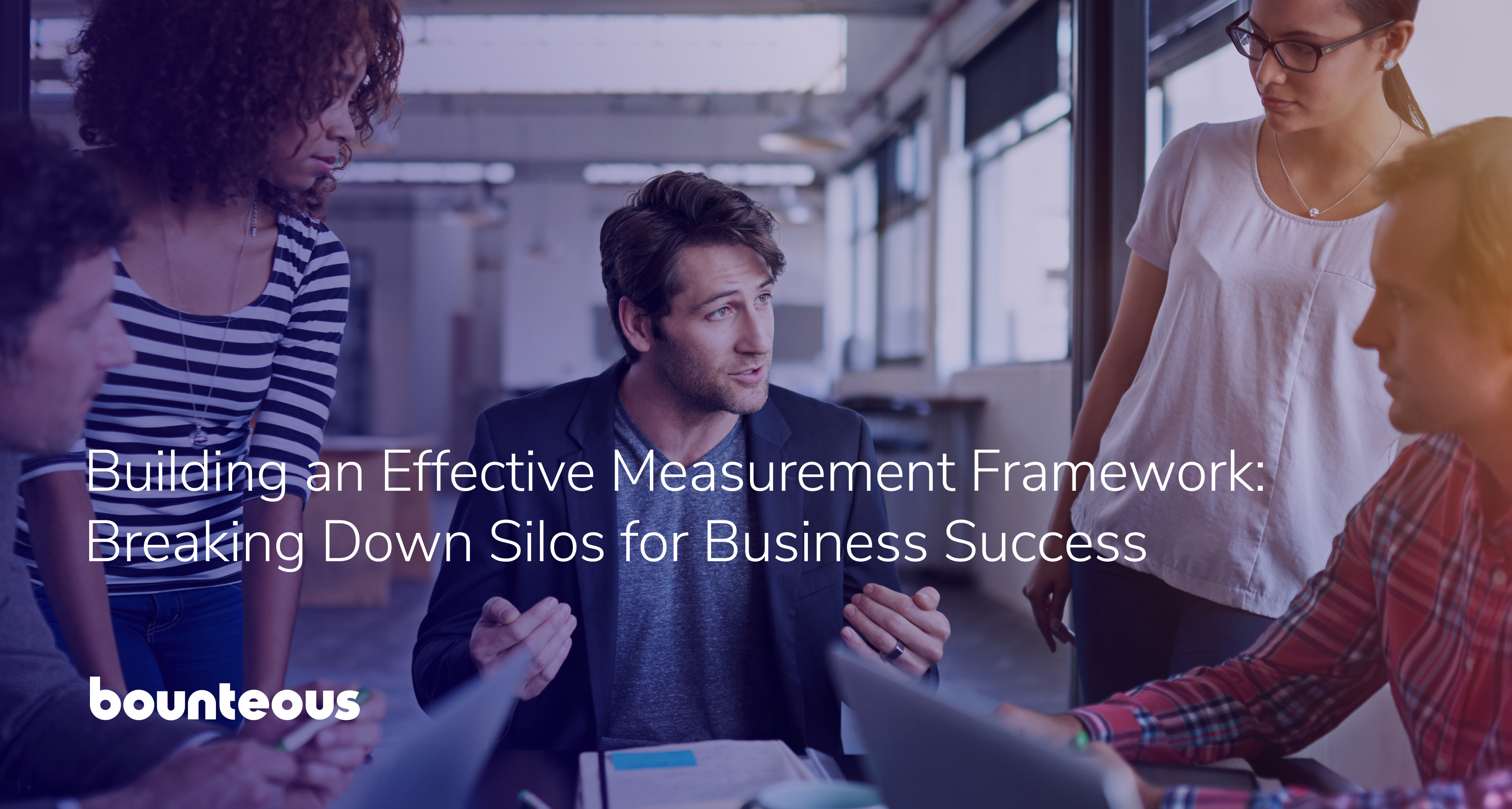My Interview With Eric Peterson

When the AMA emailed me asking me to plug Eric Peterson’s free Web Analytics 101 webinar on my blog, I just laughed. “We can get you an interview with Eric,” their email boasted. I forwarded the email to Eric. “Gee, aren’t I lucky?” I asked in my usual in-your-face fashion.
But eventually I realized that I had a responsibility to publicize Eric’s free event, which will be on March 6 at 1 pm EST. Not only am I co-chair of the WAA’s marketing committee, where one of my jobs is to market the case for web analytics, but I am always complaining about WA haves vs. have nots. On the “haves” side are the analysts who are at the point where they complain “I can’t figure out how to integrate my MVT with my WA” or “I can’t figure out how to know when visitors have downloaded a podcast completely.” On the “have not” side are the webmasters who say, “I’m not sure that we have web analytics on our site. What are they?” (By the way, the WAA is not associated with the webinar. ) Since this webinar is perfectly positioned for the have-not crowd, or as Eric will point out below, anyone who is not executing all ten simple strategies, I wanted to publicize it.
So I did do an interview with Eric as prelude to telling everyone about his free webinar, and here it is.
Robbin: Let’s talk about you for a minute. How did you go from being a Deadhead to being the Grandfather of Web Analytics, and why are you cutting off your grey ponytail?
Eric: First off, I am not the Grandfather of WA, I am not nearly old enough for such a moniker. Plus I would never take away that honor from my good friend Jim Sterne without his permission. How did I get from the Grateful Dead to where I am today? That’s just what I did when I was young. Given a lack of direction when I was young, it was a good place. I studied mycology in college. Robbin: What is mycology? Eric: The study of mushrooms. I got into the Internet in 1994, started looking at web pages, stuff for the college. When I was done with my master's degree, I had to decide on science vs the Internet and I chose the Internet. I have a lot of different interests—music, science, the Internet. When I got to WebTrends, the Internet was just going wild … In 2000, it was easy to say, “I want to be a part of that.” I never once envisioned a time when I would have done so much with web analytics – author, founder, analyst, know-it-all ?
Robbin: Your interests seem split. On the one hand, your blog and your work are really for the most sophisticated of web analysts. On the other hand, your trademark book, Web Analytics Demystified, is for the newbie, and this seminar is for the web analytics beginner. Where are you truly interested?
Eric: Do I have to choose one?
Robbin: That’s a good answer right there.
Eric: I think it’s limiting to say, “I’m only interested in entry level WA or I’m only interested in high end WA. I’m interested in companies making the best use of their investment in WA technology possible. If it’s “I just got these web analytics,” then my founding of the Yahoo group is where I've made that beginner contribution. Plus the books . “Hacks” kind of bridges the gap between entry level and high end. I get five emails a day from new peole who just got Web Analytics Demystified and write, “I got your book, I read it, and now I have a question.”
Robbin: You recently wrote a column filled with advice for new web analysts, and I will reference it in the post. But do you have anything you would like to add to that?
Eric: It would be nice if I could say, “Take a course on WA at your local community college,” but that’s not there yet. I think the most important thing is to go to the Emetrics Summit. Anywhere in N. America or Europe, you have a great conference where you can go and learn. Book learning is good, really talking to people about the challenges you face is better. It’s the hallway conversations, the dinner parties that specifically helps people who are new to this — as long as they are willing to put themselves out there and say, “Hi, I'm [name] and am new to web analytics.
Robbin: What advice do you have for individuals looking to get a job in web analytics?
Eric: The most important thing is that there is organizational buy-in to be successful with web analytics. There are a ton of companies who have proved that they can create success by making data-driven business decisions. But for whatever reason, people have a level of comfort with non-web data that they don’t have yet with web data. If I were going to take a job as a web analyst, I would make sure that there is true organizational buy-in to use that data to make the organization more successful. And, if you're an experienced web analytics professional and are looking at a job with a software or WA consulting company, the most important question to ask yourself is, do I like to travel?
Robbin: At the last Emetrics Summit, you talked about the importance of process. You remember, the infamous presentation where I only succeeded in making it to the Q&A. Sorry. But I did get out my Emetrics notes today and review your whole presentation. How does a small company — someone with one person dedicated to the whole site, not just to the analytics — create a web analytics business process? One of my customers really wanted me to ask you this question.
Eric: It’s super duper easy when there is one person. Because the one person figures out where the WA inputs need to be, where the outputs are, and how to respond to those outputs. Typically, the problem is that they do this but don’t document it, so when they take another job, not only does the expertise leave but so does the process. The strong need for business process is with larger companies.
Robbin: How do you feel about the piece that Justin Cutroni from Epikone wrote, in which he wrote that the process should be:
1. Collect lots of data
2. Analyze the data (look for problems)
3. Create a hypothesis as to why a problem is occurring
4. Test solutions for your hypothesis (what’s the best way to fix the problem)
5. Implement change (the best solution discovered during testing)
6. Repeat
7. Make more money
Eric: It’s right at a certain level. What Justin described was the architypical continual improvement process, and it’s right but in my experience, when the mid-to-large size companied tries to implement that, something goes wrong. Because there is not enough detail. What Justin describes is a broad overarching framework. The problem is that the CEO just can’t tell people, "Go hypothesize." There has to be a better definition, Step 1, Step 2, Step 3.
Robbin: Doesn't this speak to the question that Forrester analyst Megan Burns asked you that day, i.e. how do you keep your process from becoming shelfware? I was dying for you to answer, “Keep your process down to one page.”
Eric: What I said to her as I remember was, if you are so good at this stuff and have done the diagrams, got the organizational buy-on, everyone knows it by heart, then it can sit on a shelf, that’s fine. But largely, they haven’t done this process. Eric: I interviewed her over the weekend on my blog, did you read it? Robbin: I will.
Robbin: What is the future of web analytics for the small company and the company that is never going to spend $10k/year (much less six digits) for a software package?
Eric: I've trained myself not to think about the cost of the WA, but about the value of the WA.But I hope that WA for the small business will come when someone can succinctly describe the value proposition of carefully monitor your AdWords spend, succinctly describe the value of good landing pages. Companies need to understand the value of WA, not the cost of WA.
Robbin: What are the questions that you wish I had asked you today?
Eric: Who is this webinar appropriate for? Anyone spending money on the Internet. Anyone spending money on website design, website analysis, anyone spending money on AdWords. My view is that WA is not something that only marketing does, but something that organizations do to drive success through the Internet channel.
What can attendees expect? Anybody attending the webinar should walk away with clear walking papers and a strong sense of what are the things they need to do with WA. There are ten points to my presentation. Any company on the call may be doing 3, 5 of the things that I suggest. The only people who should walk away saying, “I didn't get much out of that” would be the company who is doing 10 out of 10 things.
Robbin: I need a great jpeg of you. Did you get your hair cut yet?
Eric: No, that’s later this month. But I have a new photo, you can be the first to use it.
Robbin: A picture of your new haircut, would be awesome linkbait.
Eric: If I hate it, I am going to be walking around wearing a hat.
Here’s the link to Eric’s free webinar again, which will be on March 6 at 10 am PST, 1 pm EST.
Robbin Steif


